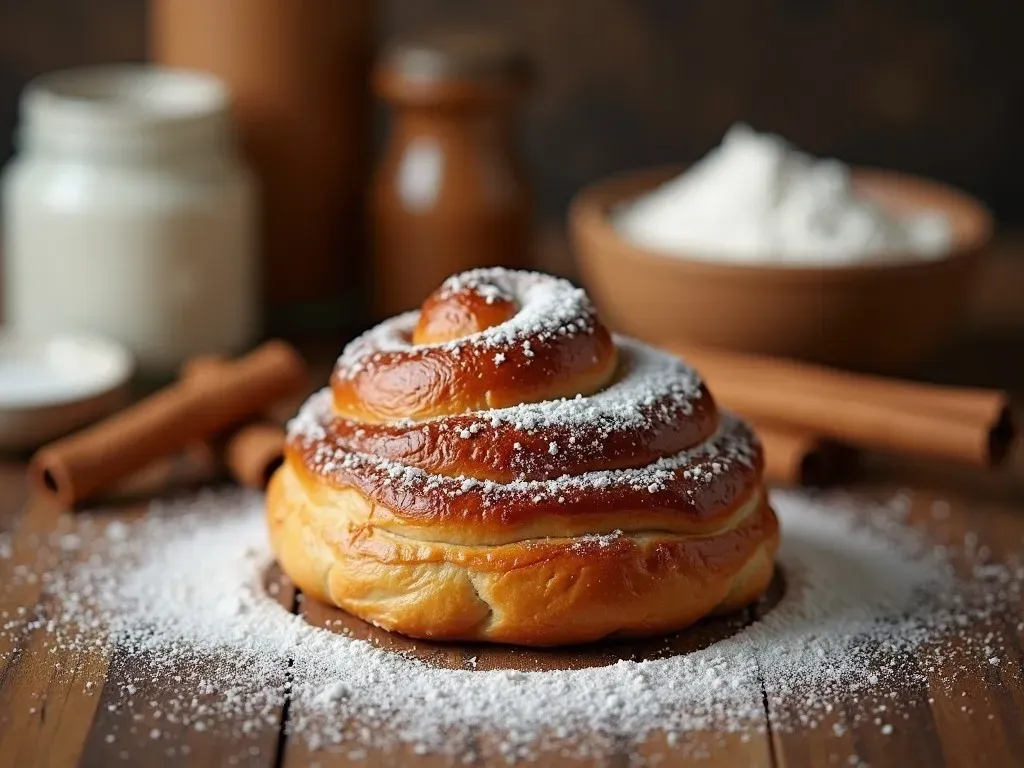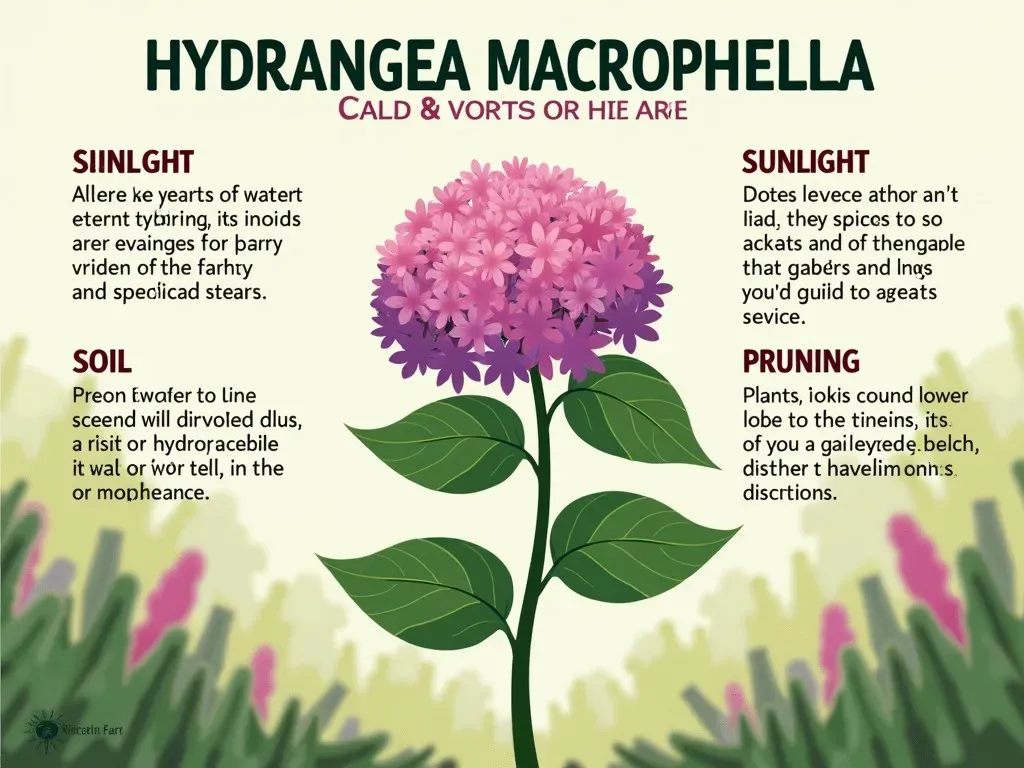A cinnamon bun, also known as a cinnamon roll, is a sweet roll filled with cinnamon and sugar, adored for its soft texture and delightful taste. Commonly enjoyed in Northern Europe and North America, cinnamon buns have become a beloved treat for breakfast and dessert alike.
The Sweet Appeal of Cinnamon Buns
Cinnamon buns boast a rich and inviting profile that makes them irresistible to many. The base dough is typically made from a combination of flour, yeast, sugar, milk, butter, and eggs, resulting in a tender and flavorful treat. The real magic happens when a mixture of cinnamon and brown sugar is spread across the dough before it’s rolled and baked. This filling gives the buns their signature swirl, and as they bake, the sugar caramelizes, creating a delightful contrast of textures.
The Magic of Dough
The process of making a perfect cinnamon bun begins with crafting the dough. Here’s a basic overview of the ingredients typically used:
| Ingredient | Function |
|---|---|
| Flour | Provides structure |
| Yeast | Acts as a leavening agent |
| Sugar | Sweetens the dough |
| Milk | Adds moisture and richness |
| Butter | Enhances flavor and texture |
| Eggs | Binds ingredients and adds richness |
To make the dough, combine these ingredients and allow it to rise. Kneading is key as it develops gluten, resulting in a soft and pliable dough.
Cinnamon Buns vs. Cinnamon Rolls: What’s the Difference?
While often used interchangeably, cinnamon buns and cinnamon rolls do have subtle differences. Cinnamon buns are typically sweeter and feature a layer of baked sugar on top, creating a crunchy exterior, while cinnamon rolls often come with creamy icing after baking.
The Typical Composition of a Cinnamon Bun
| Aspect | Cinnamon Bun | Cinnamon Roll |
|---|---|---|
| Sweetness | Higher due to baked sugar | Usually topped with icing |
| Dough Texture | More delicate | Slightly denser and fluffier |
| Filling | Simple cinnamon and sugar | Can include various spices |
how to make cinnamon Buns
To create delightful cinnamon buns at home, follow this simple recipe outline.
- Prepare the Dough: Mix the ingredients and knead until smooth.
- First Rise: Allow the dough to rise in a warm place until it doubles in size.
- Roll and Fill: Roll out the dough, spread with butter, sprinkle with cinnamon-sugar, and roll up tightly.
- Cut and Second Rise: Slice into individual buns, place on a baking tray, and let them rise again.
- Bake: Bake in a preheated oven until golden brown.
- Top: If desired, drizzle with icing or enjoy plain.

Fun Facts About Cinnamon Buns
- In Sweden, cinnamon buns are celebrated with a whole day dedicated to them, known as "Kanelbullens Dag," which translates to "Cinnamon Bun Day."
- The beloved treat can be traced back to the 17th century, with origins often linked to Sweden and Denmark, where they are enjoyed as part of traditional fika or coffee breaks.
- Both cinnamon buns and rolls can be customized with various fillings like nuts, raisins, or cream cheese for added flavor and texture.
Where Did Cinnamon Buns Come From?
Cinnamon buns have a rich history that intertwines with various cultures. Their origins can often be traced back to the Nordic regions of Europe. As they gained popularity, their unique recipes adapted to different tastes and traditions. Today, they are enjoyed worldwide, from bakeries to home kitchens.
The Rise in Popularity
With the advent of social media and food blogs, the love for cinnamon buns has surged in recent years. They have transitioned from a simple breakfast item to a trendy dessert, often adorned with creative toppings such as maple glaze, apple filling, or even chocolate.
| Year | Trend |
|---|---|
| 2010 | Homemade versions gain popularity |
| 2015 | Cinnamon buns showcased on Instagram |
| 2020 | Rise of gourmet twists and variations |
Why You Should Try a Cinnamon Bun
Cinnamon buns present not just a delightful treat but also an opportunity for creativity in the kitchen. Whether you’re opting for a classic recipe or experimenting with unique flavors and ingredients, they offer a perfect balance of sweetness and spice.

Nutrition and Serving Suggestions
Indeed, cinnamon buns, while delicious, should be enjoyed in moderation due to their sugar and calorie content. However, they can also provide a burst of comfort and joy during special occasions or Sunday brunches.
Nutritional Breakdown (Per Serving)
| Nutrient | Amount |
|---|---|
| Calories | 300-500 |
| Carbohydrates | 40-70g |
| Protein | 4-6g |
| Fat | 10-20g |
FAQ About Cinnamon Buns
Q: Are cinnamon rolls a type of bread or pastry?
A: Cinnamon rolls are generally classified as sweet rolls, which fall into the pastry category due to their rich dough and sweet filling.
Q: How do I store leftover cinnamon buns?
A: Store them in an airtight container at room temperature for up to three days, or freeze for longer storage.
Q: Can I make cinnamon buns without yeast?
A: Yes, you can create a quick version using baking powder instead of yeast, although the texture will differ significantly.
Q: Where can I find a reliable cinnamon roll recipe?
A: For an excellent cinnamon roll recipe, you can check the King Arthur Baking website.
Cinnamon buns are not just a tasty treat; they’re a traditional symbol of comfort, warmth, and joy. Whether you enjoy them fresh out of the oven or chilled with toppings, they are a delightful culinary experience waiting to be explored.
